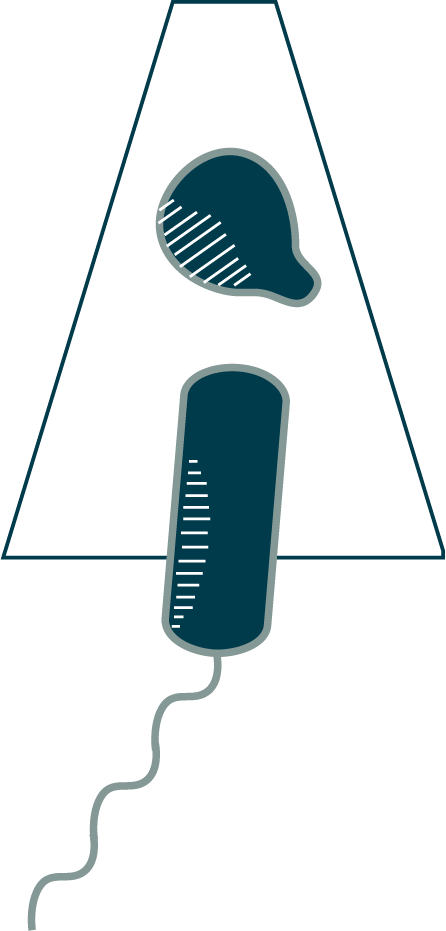

So far we have largely ignored a major part of a cell’s environment: other organisms. Your cell is far from alone out there. It shares space and resources with cells of the same species (some its own mothers/sisters/daughters), other species, and even other domains. Think about strategies that could help your cell thrive in such a crowded world. For starters, why can’t we all just get along? Cooperation is common in nature, often in the form of biofilms–communal groups of microorganisms. Biofilms offer advantages to their members, shielding cells on the interior from harsh conditions or antibiotics, and ensuring that nutrients produced by cells’ metabolism or released by their death are readily available to others. Biofilms should be familiar to you; think of the scum on your teeth, or the nearest pond. In fact, the earliest physical evidence we have of life on earth is in the form of stromatolites (“layered rocks”), which are meter-scale fossilized biofilms of cyanobacteria (you can see still-growing stromatolites in Shark Bay, Australia).
To attach to a biofilm, cells use strategies we have already discussed, including pili and holdfast. Agrobacterium tumefaciens like this one use a holdfast-like polymer called Unipolar Polysaccharide, or UPP. Some bacteria, including this one, also contribute to the superstructure of the biofilm by secreting cellulose fibers that help form the non-living matrix of the community.